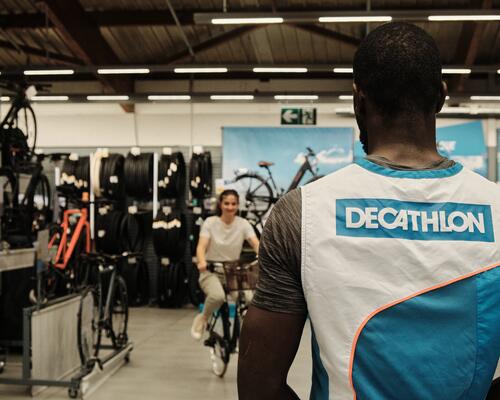The fundamental principles of data
Each piece of data has to be mastered, which means somebody has to thoroughly understand what each piece of data encapsulates.What is the context, what are the limits? How to calculate it? How to report it? For certain types of data, it is a piece of cake, while for others, it is trickier (cotton is a good example: it is a raw material among 1,600 listed at Decathlon).
Once the context is well defined, the concept is clear, then remains a vital question: is it correctly deployed (and used) by our teams?
This is where data governance comes in: in other words, providing a set of rules, a context for each person in charge of a piece of data (the data owner) to adhere to. The goal: ensure each piece of data is of good quality.
Once the context is defined, the data collected (through “sources tools”, where they are directly input by the engineers, for example), it is then about getting the data to "talk" to each other. And that happens via a data lake (a unique and centralised data repository). It is then about ensuring the data are consistent with each other within the company, but also “enriching the data”: cross-referencing one with the other, ideally getting insights (this is the data analysis part).
We can, for example, subsequently cross-reference the types of products sold and eco-design %. Analysis of results can help to identify if a scope is lagging behind on this issue, and why this might be the case.
And then we are finished, right?
Well, nearly. All that remains is to give it a visual: that is the role of business intelligence. Data science will then be in charge of observing past performance to prepare for the future.






